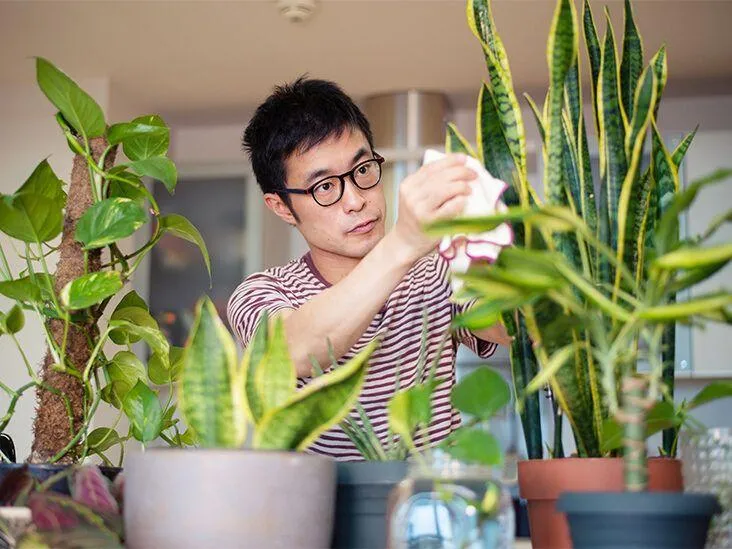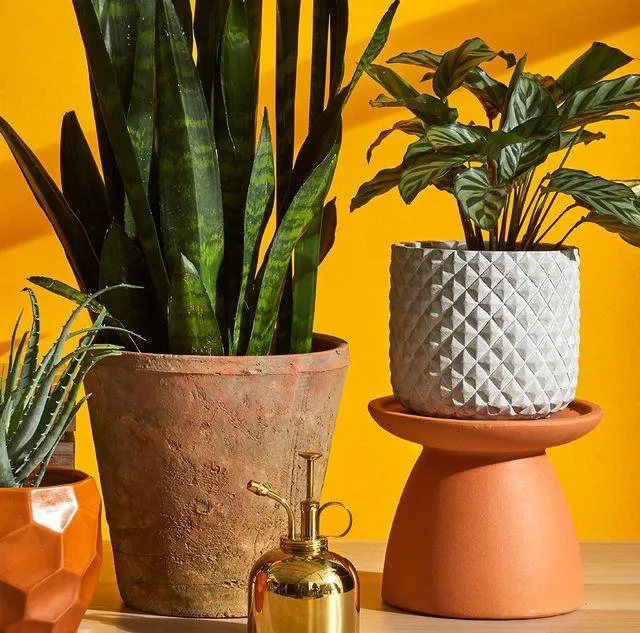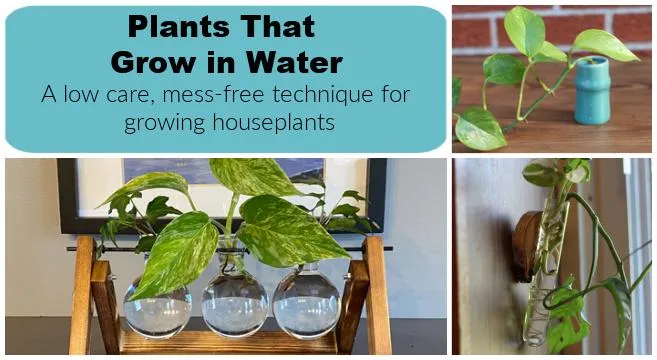The Best Hanging Plants for Indoors and How to Care for Them
If you’re searching for “hanging plants real indoor” then you’ve come to the right place. In this article, I’ll cover all the top indoor hanging plant options and provide tips on caring for them so they thrive. As an avid plant keeper myself, I’ve gathered a lot of knowledge over the years about getting hanging plants to flourish inside your home.
Top Hanging Plant Choices
There are several excellent hanging plant varieties that do beautifully suspended indoors. Here are some of the best:
- Pothos – also known as devil’s ivy. Pothos are incredibly low maintenance and hardy. Their trailing vines look lovely dangling over a shelf or draped on a bookshelf. Pothos tolerate low light and survive occasional neglect. They’re tough to kill!
- Philodendron – another trailing vine plant. Philodendron come in many varieties like heartleaf, brasil, and lemon lime. They have beautiful foliage in varied shapes and colors. Philodendron do well in medium to low light.
- English Ivy – produces small green leaves along curling stems perfect for hanging baskets. Ivy thrives in low light and endures drought periods well. It gives a lush full look.
- Spider Plant – forms graceful arching leaves with little plantlets dangling below. Spider plants purify indoor air and only need moderate sunlight. They’re great for beginners.
- Peperomia – comes in an array of leaf shapes and textures like ripple, watermelon, and rosso varieties. Peperomia prefer bright indirect light and appreciate humidity.
Choosing Planters and Hanging Hardware
To hang plants effectively indoors, you’ll need sturdy hanging pots and the right hanging apparatus. For planters, terracotta pots work nicely but can be heavy when filled with soil. Better choices include plastic or macramé hanging baskets, which are lighter in weight. As for hanging hardware, opt for hooks or chains that can support up to 5 pounds. Test their strength before hanging any plants.
You’ll also want the hanging apparatus mounted securely into ceiling beams, window frames, or other structural parts of your home. From experience, I’ve had to rehang plants several times when hooks pulled loose from drywall! Avoid hanging anything too heavy if you’re unsure of wall reinforcements.
Watering and Sunlight Needs
Proper watering is key to keeping hanging plants happy indoors. The typical rule is to water when the top 1-2 inches of soil is dry. But conditions vary based on plant type and sunlight. For example, Pothos can go longer between waterings in low light while Spider Plants may need weekly drinks to stay plump.

As for light, trailing vines like Pothos and Philodendrons succeed in low indirect sunlight. Others such as Peperomia prefer brighter areas near windows. Evaluate your space and hanging spots to match plants with sufficient illumination. Rotating pots weekly ensures even exposure.
It’s easy to forget watering plants suspended above eye level. From experience, I’ve found setting reminders on my phone or calendar prevents hanging plants from drying out. You can also Water them in the sink to check soil moisture easily.
Fertilizing and Pruning Tips
As with any houseplants, hanging vines benefit from occasional fertilizing to boost growth. During the spring and summer growing seasons, use a dilute liquid houseplant food each time you water. Avoid feeding dormant plants in winter.
Trimming your hanging plants encourages bushier growth and keeps them from getting leggy over time. Snip off any non-flowering stems or dead leaves. Pothos, philodendrons, and ivy produce vines indefinitely, so feel free to prune sections for propagating. Spider plants may also be divided every couple years to repot.
Dealing with Pests
Because hanging plants spend their lives indoors where pests proliferate, staying vigilant is important. Check leaves regularly for signs of insects like aphids, spider mites, or mealybugs. At the first sighting, isolate the plant and spray down both tops and undersides of leaves with a diluted neem oil or insecticidal soap solution. Repeat weekly as needed until the problem clears up.

Preventing pests proactively means keeping hanging plants as healthy as possible with optimal care. Clean up dropped leaves and debris where bugs may harbor. Improve air circulation and reduce humidity if fungus gnats become problematic. Some plants like peppermint or basil placed nearby can also help deter pests due to their strong fragrances.
Displaying Hanging Plants Inside
Get creative with hanging planter placements! From my experience, trailing pothos look rad draped along a kitchen window or dangling from macramé hangers above a desk. Philodendrons dress up a bathroom nicely with their big glossy leaves. Spider plants emit purifying vibes when suspended near a workspace.
Experiment with odd-numbered groupings of three or five plants together. Play with varying pot textures, sizes, and colors for visual interest. Loosely tosifying vines drapes over railings or furnishings. With some supervision during an adjustment period, hanging plants even survive on covered porches for a summer vacation home touch.
With proper care, hanging gardens can liven up any indoor environment for years. Hopefully this guide has answered your questions about choosing hanging plants and keeping them thriving no matter the setting! Let me know if you need any additional planting tips.
Factors to Consider When Choosing Hanging Plants for Indoor Spaces
| Plant | Light Needs | Watering | Size | Care Tips |
|---|---|---|---|---|
| Pothos | Low to bright indirect light | Let soil dry slightly between waterings | Trails up to 10 feet | Trim vines to keep bushy; propagate in water |
| Philodendron | Low to medium light | Water when top inch of soil is dry | Can grow 5+ feet tall and wide | Trim old leaves; propagate in moist soil or water |
| English ivy | Low to medium light | Water when top inch of soil feels dry | Can climb or trail up to 10 feet | Trim vines to keep bushy; roots easily from cuttings |
| Spider plant | Medium to bright indirect light | Water when top inch of soil is dry | Forms bushy bunches up to 3 feet tall | Propagate plantlets that form along stem |
| Swedish ivy | Low to medium light | Water when top inch of soil feels dry | Trails up to 6 feet | Trim vines to keep bushy; roots easily from cuttings |
FAQ
-
What types of plants are best for hanging pots?
There are quite a few plant varieties that do well in hanging planters. Vine-like plants like pothos and english ivy are basically made for hanging baskets. You can also try ferns, spider plants, or petunias. Smaller varieties of succulents also adapt well to hanging planters.

-
How do I water hanging plants properly?
When watering hanging plants, you’ve gotta be careful not to overdo it. The soil can stay soggy for a long time due to lack of drainage. It’s best to water them only when the top inch or so of soil is dry. You may have to water them less frequently than normal potted plants. Also, watch out for water dripping on things below like patio furniture – yikes!
-
What’s the best way to care for hanging baskets?
In addition to careful watering, hanging plants require occasional fertilizing to keep them healthy. You can use either a liquid or granular plant food formulated for flowering plants and vegetables. It’s also important to check them for pests on a regular basis. Aphids, spider mites, and scale bugs sometimes gather on hanging plants. A strong blast from the hose may help remove pests – or you may need an insecticidal soap.
-
Is it difficult to start plants in hanging baskets?
Getting started with hanging baskets isn’t too tough, but there are a couple things to watch out for. Choose a basket large enough for good drainage, and make positive the soil drains well. Possibly begin with nursery plants rather than seeds, which are tougher to keep moist at first. Staking may also be required if the plants are top-heavy. Overall though, hanging baskets can be rather satisfying! Keep trying different techniques and combinations until you find what works for you.
-
What happens if a hanging plant doesn’t get enough sunlight?
A lack of sufficient light is a regular cause of problems for hanging plants. Without at least six hours of direct sun every day, they’ll possibly become leggy and weak. The foliage may also fade to an odd yellowish color. Of course, there are some varieties like english ivy that thrive in partial shade. But most flowering plants and veggies need as much sun as you can offer them to keep blooming. If a shady spot is unavoidable, consider choosing a plant that will be content there.
-
How can I stop bugs from attacking my hanging baskets?
Unfortunately, preventative measures are usually the smartest solution for pest problems with any plants – hanging or otherwise. Remove weeds and debris that bugs enjoy. Rinse off plants periodically with a strong spray of water to dislodge pests. You may even want to treat the soil with an organic insecticide like neem oil or diatomaceous earth before planting, to hamper bugs’ progress. It’s also wise to isolate any infested plants as bug invasions can easily spread. With some diligence, you may be able to avoid most critter complications!

In conclusion, hanging plants can add amazing visual appeal to any outdoor space like patios or decks. With the right choices of plants and care routines, they should thrive happily for many months. Speak to local garden centers or search online if you require any suggestions of great beginner varieties to try. But remember – don’t agonize too much about humidity or minor imperfections. Gardening ought to be fun!
